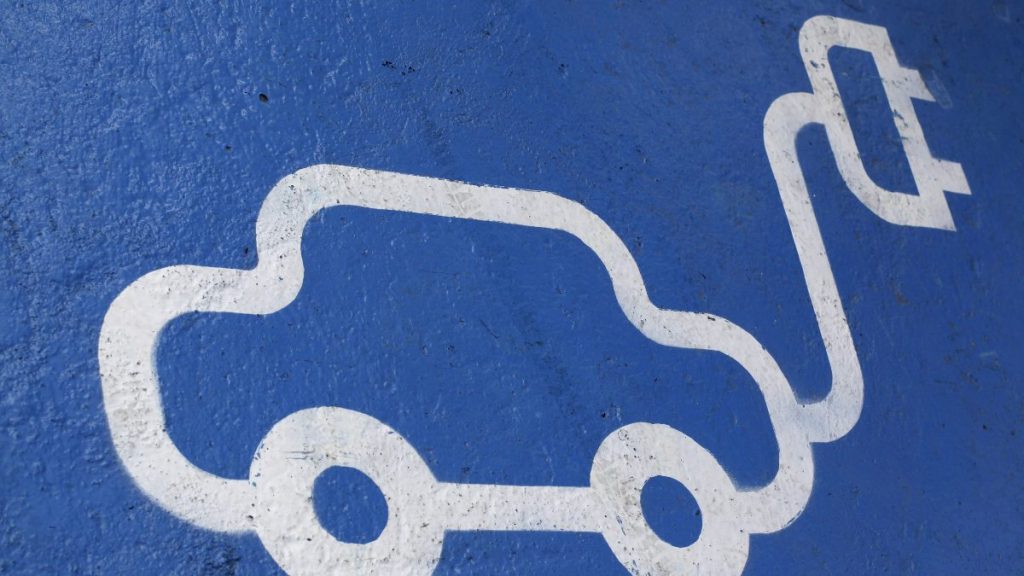Improved Lithium-Ion Battery Technology Could Help EVs in Cold Climates to Travel Further on a Single Charge
New lithium-ion batteries have been developed by researchers that are capable of performing well at both cold and hot temperatures, in what could prove useful for batteries used in electric vehicles. According to the study, these new batteries could help EVs improve their mileage in cold climates while cutting down the need for cooling systems to reduce overheating wh…

Researchers have developed new lithium-ion batteries that perform well at both freezing cold and scorching hot temperatures while packing a lot of energy. The batteries, described in the journal PNAS, could allow electric vehicles in cold climates to travel farther on a single charge. They could also reduce the need for cooling systems to keep the vehicles’ battery packs from overheating in hot climates.
The researchers at the University of California (UC) San Diego in the US developed an electrolyte that is not only versatile and robust throughout a wide temperature range, but also compatible with a high-energy anode and cathode.
The anode is the electrode where electricity moves into. The cathode is the electrode where electricity flows out.
“You need high temperature operation in areas where the ambient temperature can reach the triple digits and the roads get even hotter. In electric vehicles, the battery packs are typically under the floor, close to these hot roads,” said Zheng Chen, a professor at the UC San Diego, and senior author of the study.
“Also, batteries warm up just from having a current run through during operation. If the batteries cannot tolerate this warmup at high temperature, their performance will quickly degrade,” Chen said.
In tests, the batteries retained 87.5 per cent and 115.9 per cent of their energy capacity at minus 40 and 50 degrees Celsius, respectively.
They also had high Coulombic efficiencies of 98.2 percent and 98.7 percent at these temperatures, respectively, which means the batteries can undergo more charge and discharge cycles before they stop working.
The batteries are both cold and heat tolerant thanks to their electrolyte, which is made of a liquid solution of dibutyl ether mixed with a lithium salt.
A special feature of dibutyl ether is that its molecules bind weakly to lithium ions. In other words, the electrolyte molecules can easily let go of lithium ions as the battery runs.
This weak molecular interaction, the researchers had discovered in a previous study, improves battery performance at sub-zero temperatures.
Dibutyl ether can easily take the heat because it stays liquid at high temperatures, the researchers said.
What is also special about this electrolyte is that it is compatible with a lithium-sulfur battery, which is a type of rechargeable battery that has an anode made of lithium metal and a cathode made of sulfur.
Lithium-sulfur batteries are an essential part of next-generation battery technologies because they promise higher energy densities and lower costs, according to researchers.
They can store up to two times more energy per kilogram than today’s lithium-ion batteries — which could double the range of electric vehicles without any increase in the weight of the battery pack.
Sulfur is also more abundant and less problematic to source than the cobalt used in traditional lithium-ion battery cathodes, the researchers added.



